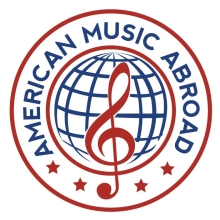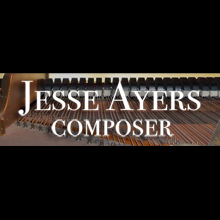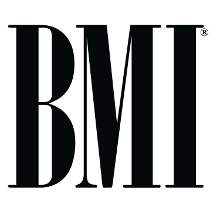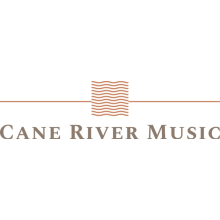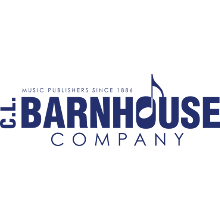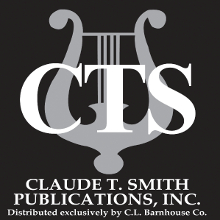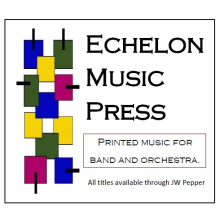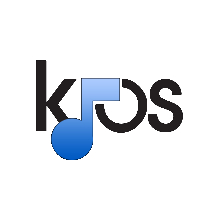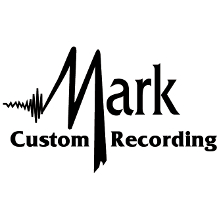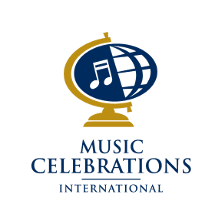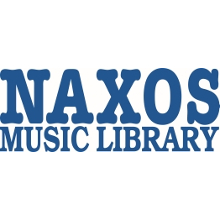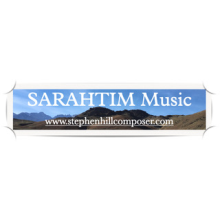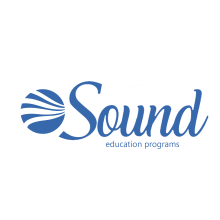| Adrienne Cannon |

|
Posts: 1
Location: |
|
|
|
|
|
A Virtual Band Performance
Adrienne G. Cannon, 2nd clarinet
In February 2020 our college concert band (Northern Virginia Community College, Alexandria, VA) gave its spring performance. As March began, we assembled in our usual classroom in the Fine Arts building to begin rehearsing for our final concert in May. But within the week, Virginia Governor Northam gave orders for all citizens to “shelter in place.” The college closed down and we band members have not seen each other face-to-face since that day.
It was a major dilemma that challenged all educators as to how to provide the students with course work that would allow them to finish their degree or collect their credits to move forward with their academic plans. And how would the instrumental groups, in which participants need to sit side-by-side and follow a conductor, manage to fulfill the goals of their performing arts class? We, devoted community members were saddened that we would not be able to finish out the year with our highly anticipated final concert of the year.
My first inkling of our director’s plans was an email inviting us to participate in a virtual band. What is that I mused? I had a small understanding having seen some professional groups on YouTube with mosaic video portraits and a coordinated audio track that produced a polished and entertaining performance. Was that what we were going to do? My curiosity was peaked by the thought of using a click track (that I had only known about from exploring how Hollywood films are scored) and playing alone in my office that would become a recording studio.
Luckily, at our last rehearsal Director Lisa Eckstein had distributed our parts for a piece called “Tight Squeeze” by Alex Shapiro that is written for concert band and pre-recorded audio track. The piece came with a prerecorded click track and Lisa was planning to use it for our May concert. When she discovered that we might not meet again, she didn’t waste any time sending us directions as to how to participate in a virtual performance.
Along with a link to a YouTube recording, we received a link to the click track with an electronic audio track and directions with instructions of how to listen to the track using headphones while we recorded our part on another device. The headphones would silence the clicks, a metronome type click with a helpful strong first beat of each measure, and the electronic rendition in the background would allow us to follow the count in the measures in which we did not play. Our other device was to be enabled to record a video with audio of our playing. The click track would start with a two measure introduction and we were to clap on the measure preceding the downbeat to alert the technician as to when we would begin counting out our part. That was a lot of information for anyone to digest, and for a person of my generation, a high bar to jump.
On her website (https://www.alexshapiro.org/Tight_Squeezepg1.html), the composer describes the piece as an “uptempo, groove-oriented piece that would be fun for fidgety teenagers with the attention spans of diabetic gnats. Okay, even fun for calmer musicians. It features a twelve-tone row theme. The twelve pitches are first introduced in all their chromatic glory at bars 7-10, and they reappear in different keys throughout the piece.” Shapiro realized that all these notes that were cramming the score page would soon be squeezing through the musicians’ instruments and exclaimed: “Wow, tight squeeze!” And for a theatrical burst, she wrote into the music that the musicians should stand and dance for the last few measures of the piece.
Okay, I thought, I’ll give it a try. So I plugged my earphones into my iPhone (to listen to the click track), set up my iPad on my music stand, (angled to video me as I played) and did a run through. And then I did another run through. And another and then another. There was no stop and start as the click track ran from beginning to end. When I finished and listened to myself, I discovered that I had created an a cappella performance! And it was a shocking revelation to me to hear just me playing, then silence, then me again. I did not have the usual visual cues of the conductor; all I had was the audio click that was relentless as my favorite Lisa was not there to cue us, to indicate a dynamic change, to slow down when we faltered… to save us from our misery in trying to avoid failure.
Once we finished our recording - more than half of us learned to manage our digital devices and were able to respond - we emailed it to Director Lisa, who would deliver it to the digital technician. He would then weave it into a recording, and create a video that could be converted into a YouTube video. First he mixed the audio accompaniment track with all the student videos. Then, using selected software to import all the files, he synced the (pre-existing) accompaniment track without the clicks to our recorded videos so they are both together for the final process. Next he synced the video and audio files (they are linked together in the final cut) to our requested claps in the measure before the start of the piece. Each video fit into a grid so everyone would be visible. The technician then turned down certain tracks to mix the blend of sound and try not to have the audio too loud. He sliced out certain sections and selected the audio from just that section to be turned down or muted. If the sound needed to be further tweaked he used another software program that would have more audio editing capabilities.
Director Eckstein relates that “leaders in the field of music education are talking about the problems we face teaching ensembles online. If we have band online again, the curriculum will not (and cannot) be the same as ensemble classes in person. There is absolutely NO substitute to making music with other people. The key to having successful ensemble classes online will be to offer opportunities that members would not normally have. There should, of course, still be playing involved, and I think there will continue to be virtual ensembles. There are topics to discuss like repertoire, great composers, and the creative process. If things open up slowly, I see this as an opportunity to play some fantastic music for smaller ensembles. The musicians could sit far apart to social distance and not directly face each other.”
I am waiting anxiously to see and hear the Youtube video of our performance. This time of isolation seems to be moving with warp speed in the world of online learning, and what seemed unique just two months ago, appears to be the future of concert band ensembles. I am happy to be part of this forward moving moment.
|
|

